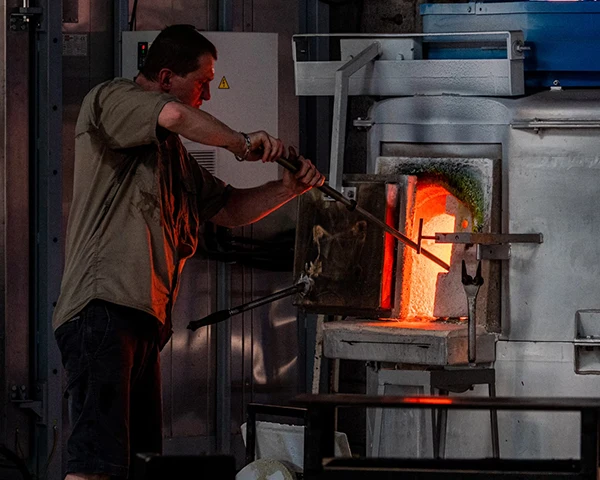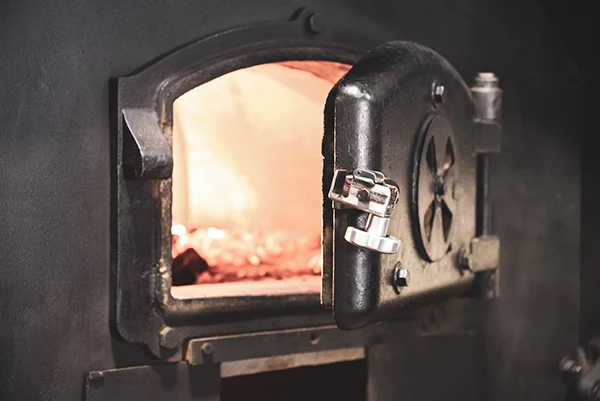A furnace is an integral part of any home, providing warmth and comfort during cold months. Like any appliance, furnaces can encounter problems that may require attention. Understanding these common issues helps homeowners act quickly and efficiently, potentially saving both time and money. This article outlines key furnace issues every homeowner should be aware of and suggests steps to take when these problems arise.

Strange Noises from the Furnace
Strange noises coming from a furnace are among the first indicators that something is wrong. Homeowners might notice rattling, humming, or banging noises that disrupt the usual quiet operation of the furnace. Often, these sounds may be caused by loose parts, debris stuck in the blower fan, or even an issue with the furnace’s motor. It’s important to address these issues promptly, as ignoring them can lead to more serious breakdowns. Maintaining regular inspections can help identify these noises early.
Homeowners should stay attuned to any changes in sound patterns; a well-functioning furnace should operate with minimal noise. If strange sounds persist, consulting a professional for furnace repair in Manhattan or elsewhere would be prudent. By taking swift action, one can mitigate further damage and ensure the furnace operates effectively.
Inconsistent Heating
Inconsistent heating across different rooms can lead to discomfort and frustration. Homeowners might find that certain areas remain chilly while others are overheated. This inconsistency often results from ductwork issues or problems with the thermostat. Blocked or leaky ducts can disrupt the airflow, causing heat to be unevenly distributed.
An outdated thermostat may not regulate temperatures properly, leading to fluctuating heat levels. To resolve this issue, homeowners should first check for any visible duct obstructions. Regular maintenance schedules can ensure components remain clear and functional. In some cases, it may be beneficial to replace the thermostat with a more modern, programmable unit that offers better temperature control. This adjustment enhances comfort and can lead to energy savings.
Furnace Not Turning On
A furnace that fails to turn on can be one of the most alarming issues for homeowners. Several factors can contribute to this problem: a tripped breaker, a faulty thermostat, or even an empty fuel source can prevent the furnace from igniting. First, homeowners should check the electrical panel to ensure the circuit breaker has not tripped.
If the power supply seems adequate, examining the thermostat settings is the next logical step. Sometimes, simple adjustments can solve the problem. In gas furnaces, owners should verify the gas supply and whether the pilot light is lit. If these checks do not resolve the issue, consulting a qualified technician is important. Regular inspections can prevent such occurrences, ensuring that the heating system operates efficiently and reliably.
Short Cycling of the Furnace
Short cycling occurs when a furnace repeatedly turns on and off without reaching the desired temperature. This behavior can be attributed to various issues, such as an incorrectly sized furnace, thermostat malfunctions, or airflow restrictions. Short cycling affects comfort and increases energy costs, as the furnace works harder than it should. Homeowners often overlook this issue, assuming it’s part of the furnace’s normal operation.
It can lead to premature wear and tear on the unit, resulting in costly repairs. Conducting regular maintenance and cleaning filters can significantly help improve airflow, preventing short cycling. If these steps do not yield results, an HVAC professional can assess whether the furnace is appropriately sized for the home or if repairs are necessary.
Bad Odors from the Furnace
Odors emanating from a furnace can indicate several underlying issues. A burning smell often suggests that dust accumulated on the furnace is being burned off, which is common early in the heating season. Persistent or unusual odors warrant immediate investigation. Musty smells could indicate mold growth within the ducts or system, while gas odors require urgent attention due to safety risks.
Regular cleaning schedules, including changing air filters, can help mitigate some of these smells. Homeowners should conduct checks on all components of their heating system to ensure cleanliness. If any unpleasant smells persist, it is best to have a technician examine the system thoroughly. Addressing these odors quickly can prevent further complications and ensure safe operation.
Thermostat Malfunctions
Thermostat malfunctions can severely affect a furnace’s performance. If the thermostat is outdated, inaccurate, or improperly calibrated, it may not keep the home at the desired temperature. Homeowners might notice that the furnace overshoots the set temperature or fails to reach it altogether.
This inconsistency can lead to discomfort and unexpected spikes in energy costs. Regular checks to ensure the thermostat is functioning correctly are vital. Replacing an old thermostat with a new, smart model can provide better control and improved comfort. If repairs are necessary, homeowners should consult a professional to diagnose the issue effectively.

Being aware of common furnace issues can facilitate prompt action and preventive measures. Homeowners should prioritize regular maintenance and inspections, which are important for the longevity and efficiency of heating systems. Addressing problems early on can help avoid more costly repairs down the line. Knowledge about household systems empowers homeowners to make informed decisions regarding heating care, enhancing comfort and safety.

